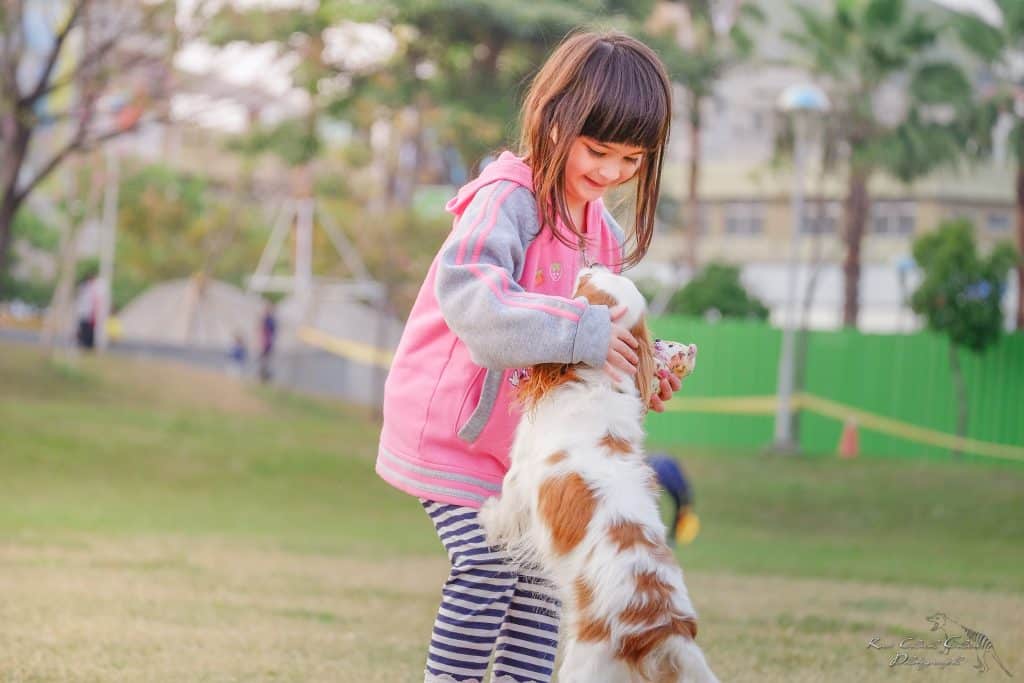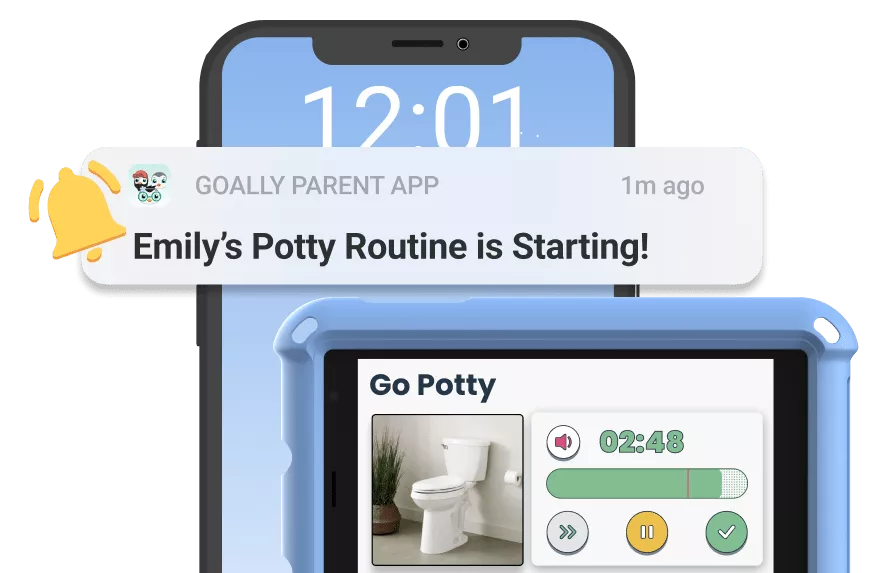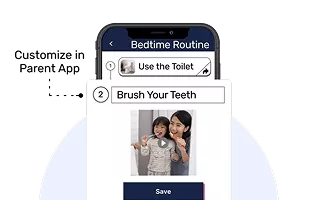Meeting a new dog can be exciting, but it’s important to do it the right way to ensure a safe and positive experience. In this guide, I’ll walk you through the steps to help your child meet a new dog safely and confidently.
Table of Contents
Key Takeaway:
- Approach a new dog calmly and let the dog come to you.
- Use gentle and slow movements to avoid startling the dog.
- Teach your child to read the dog’s body language for signs of comfort or discomfort.
How should you introduce your child to a new dog? Start by allowing the dog to approach your child first, ensuring that the dog feels comfortable and safe before any interaction occurs.
Step 1: Approach the Dog Calmly
The first step in meeting a new dog is to approach calmly and quietly. Dogs are sensitive to sudden movements and loud noises, so it’s important to keep your energy low and your movements slow. Encourage your child to stand still and let the dog come to them rather than reaching out immediately.
By allowing the dog to make the first move, you give them the opportunity to feel safe and in control. This approach helps build trust between your child and the dog, setting the stage for a positive interaction.
Step 2: Let the Dog Sniff You
Dogs rely heavily on their sense of smell to gather information about their surroundings, including new people. Teach your child to hold out their hand, palm down, and let the dog sniff them. This simple gesture allows the dog to become familiar with your child’s scent and can help put the dog at ease.
Remind your child not to make sudden movements or loud noises while the dog is sniffing them. This will help the dog feel more secure and reduce the likelihood of the dog feeling threatened.
Step 3: Read the Dog’s Body Language
Understanding a dog’s body language is crucial for a safe and successful introduction. Teach your child to look for signs that the dog is comfortable, such as a wagging tail, relaxed body posture, and a friendly, curious demeanor. Conversely, signs like a tucked tail, raised hackles, or growling indicate that the dog may be feeling anxious or threatened.
If the dog shows any signs of discomfort, it’s best to give them some space and try again later. This teaches your child to respect the dog’s boundaries and helps prevent any negative interactions.

Read more: How to Teach Your Kids to Walk the Dog
Step 4: Use Gentle Petting Techniques
Once the dog seems comfortable, your child can gently pet the dog. Show your child how to use slow, gentle strokes, starting from the dog’s shoulder area. It’s best to avoid reaching over the dog’s head or touching their face, as these actions can feel threatening to some dogs.
Encourage your child to speak softly to the dog while petting, using a calm and soothing tone. This helps create a positive experience for the dog and reinforces the bond between the dog and your child.
Step 5: Avoid Direct Eye Contact
While humans often use eye contact to connect, dogs can interpret direct eye contact as a sign of dominance or aggression. Teach your child to avoid staring directly into the dog’s eyes. Instead, they can look at the dog’s ears, shoulders, or back.
By avoiding direct eye contact, your child can help the dog feel more relaxed and less threatened. This small adjustment can make a big difference in creating a peaceful and comfortable introduction.
Step 6: Teach Your Child to Respect Boundaries
It’s essential that your child understands the importance of respecting a dog’s boundaries. Even if the dog appears friendly, there may be times when the dog wants some space. Teach your child to recognize when a dog needs a break, such as when they move away, stop engaging, or show signs of discomfort.
Explain to your child that it’s okay to give the dog some time alone, and that respecting the dog’s boundaries is a key part of building a positive relationship. This understanding helps prevent potential conflicts and teaches your child to be considerate of the dog’s needs.
Step 7: Encourage Positive Interactions
Positive reinforcement is important for both the dog and your child. Praise your child when they follow the steps correctly, and encourage them to give the dog a treat (with the owner’s permission) as a reward for good behavior. This helps reinforce the positive experience for both parties.
Additionally, remind your child to always ask the dog’s owner for permission before giving treats or engaging in play. This practice ensures that the dog’s needs and preferences are respected, making the interaction more enjoyable for everyone involved.
Step 8: Practice Patience and Understanding
Meeting a new dog can be an exciting experience, but it’s important to practice patience and understanding. Not every dog will warm up immediately, and it may take some time for both the dog and your child to feel comfortable with each other. Encourage your child to be patient and let the dog set the pace for the interaction.
Remind your child that every dog is different, and what works with one dog may not work with another. By being flexible and understanding, your child can learn to adapt to different situations and build positive relationships with dogs.

Goally | Best Videos to Teach Life Skills
Give your kid an independent future. Goally has 100+ video classes teaching life skills like “How to Choose a Restaurant,” “How to Interrupt Politely,” and “How to Get Ready for School.”
Goally takes kids on an adventure that includes interactive practice and checkpoints along the way! No web browsers, YouTube, or social media.
Meeting a new dog is an important learning experience for your child. By following these steps, you can help your child approach new dogs with confidence and care, ensuring a safe and enjoyable experience for both your child and the dog.
Helpful Resources
FAQ’s About How to Meet a Dog
What should you do before meeting a new dog?
Always ask the dog's owner for permission before approaching.
How can you safely introduce yourself to a dog?
Let the dog sniff your hand before petting.
What is the best way to pet a dog for the first time?
Gently pet the dog on the shoulder or chest, avoiding the head.
Why is it important to read a dog's body language?
Understanding body language helps you know if the dog is comfortable or stressed.
How should children approach a dog they’ve never met?
Children should approach calmly and let the dog come to them.
This post was originally published on 09/26/2023. It was updated on 08/23/2024.
Emily is a seasoned blog writer for Goally, leveraging her extensive background in child psychology and special education to provide valuable insights and resources for parents. Her commitment to understanding and addressing the unique needs of these children, combined with her expertise in educational strategies, makes her a credible and empathetic voice for families.





